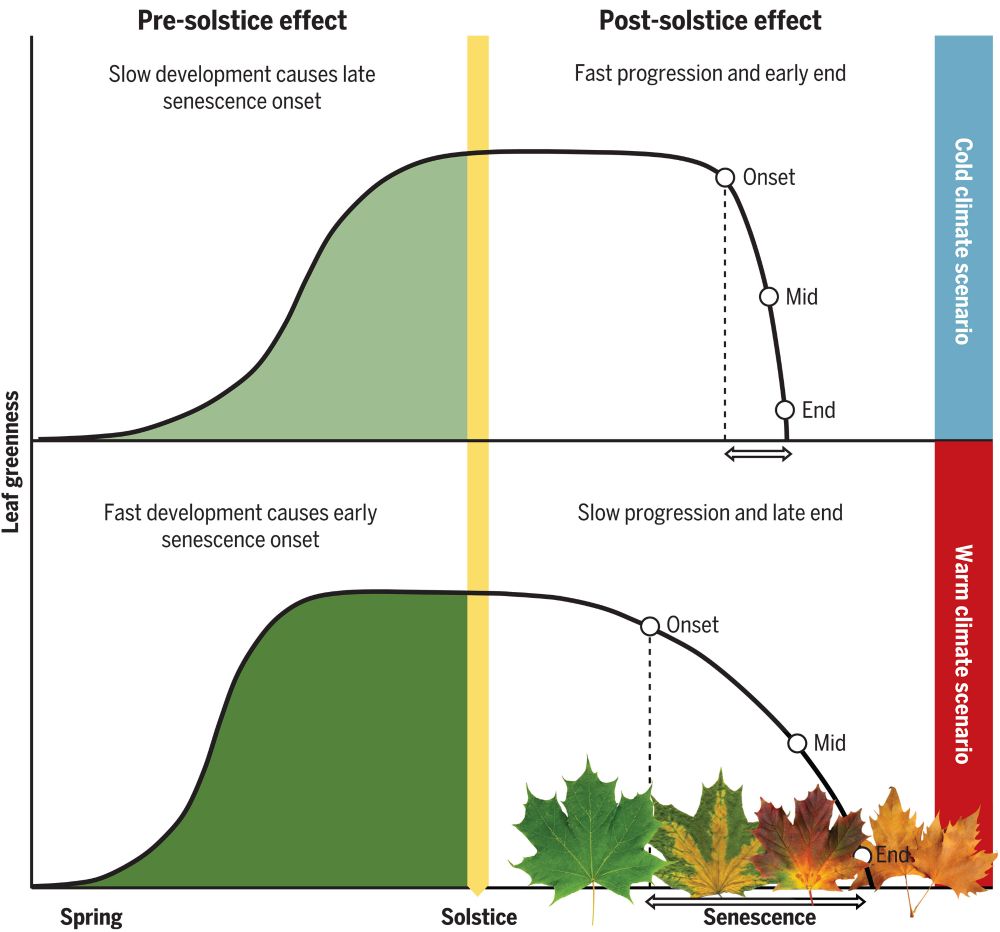www.science.org/doi/10.1126/...


www.science.org/doi/10.1126/...
Still none of the 85+ authors seem to willing to take responsibility for any of this.
bsky.app/profile/rutj...
To use such language and accusations only to then proceed to do the same yourself is such a bad look. What's the point of dragging climate science into such a tribal state?

Still none of the 85+ authors seem to willing to take responsibility for any of this.
bsky.app/profile/rutj...
If @ipcc.bsky.social is smart they remove any association with all of them to protect their credibility. It'll be too easy for anyone who wants to dismiss reports like AR7 if this continues.
If @ipcc.bsky.social is smart they remove any association with all of them to protect their credibility. It'll be too easy for anyone who wants to dismiss reports like AR7 if this continues.
Contrast what @bobkopp.net & @pammcelwee.bsky.social say with this:
bsky.app/profile/rutj...
Contrast what @bobkopp.net & @pammcelwee.bsky.social say with this:
bsky.app/profile/rutj...
rcei.rutgers.edu/climate-expe...

rcei.rutgers.edu/climate-expe...
Many of the authors lashed out with accusations from calling the DOE CWG report "a farce", "a mockery of science" all the way up to accusations of "fraud" & "misconduct".
Many of the authors lashed out with accusations from calling the DOE CWG report "a farce", "a mockery of science" all the way up to accusations of "fraud" & "misconduct".


With my fix the pr-ratio drops to around ~400x.
Their Fig 6a:
With my fix the pr-ratio drops to around ~400x.
Their Fig 6a:


